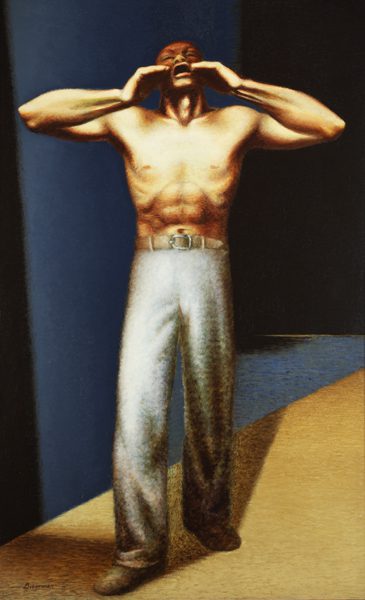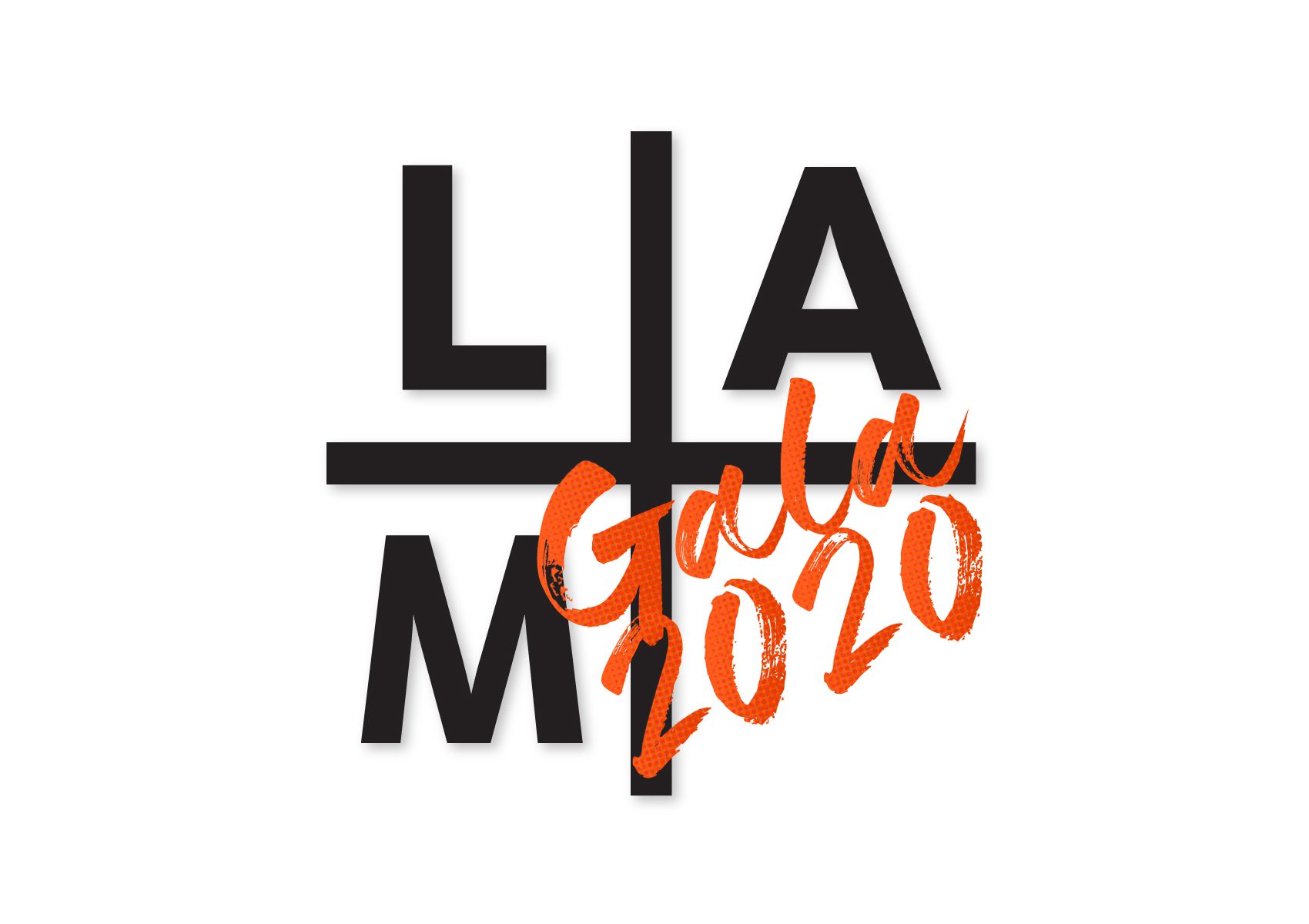Time, The Present

Edward Biberman
Time, The Present
Oil on masonite, 1937
47 x 29 inches
Gift of Sonja Biberman
1998.004.001
Time, The Present is a powerful portrayal of a shirtless man standing in a stylized architectural space and, with eyes closed and hands cupped around his open mouth, letting out an anguished cry. Edward Biberman casts the partially dressed figure on the stage of life as a worker, an Everyman, one of the dispossessed and vulnerable. In 1937, during the Depression era, thousands were pouring into California looking for better conditions. But the figure may also be an African American, adding a layer of meaning; Biberman was an outspoken proponent of racial equality. The painting recalls Edvard Munch’s The Scream.
Biberman was one of a handful of artists in Southern California during the Depression era of the 1930s and 1940s that made easel paintings and public murals reflecting the difficult social and economic times. His murals at the Venice post office and in the main federal building in Los Angeles are considered regional and national treasures.
Along with his Southern California colleagues, Philip Guston, Jackson Pollock, and Fletcher Martin, Biberman was influenced by the subject matter, style, and ideology of the Mexican muralists. They were members of the American Artists Congress, which put on exhibitions, was a forum for political ideas, and was against war and fascism. They were branded communists and, in fact, Biberman’s brother Herbert was one of the Hollywood Ten jailed during the McCarthy era. Edward Biberman endured similar though less public harassment, and went underground for many years, taking himself out of the limelight.






